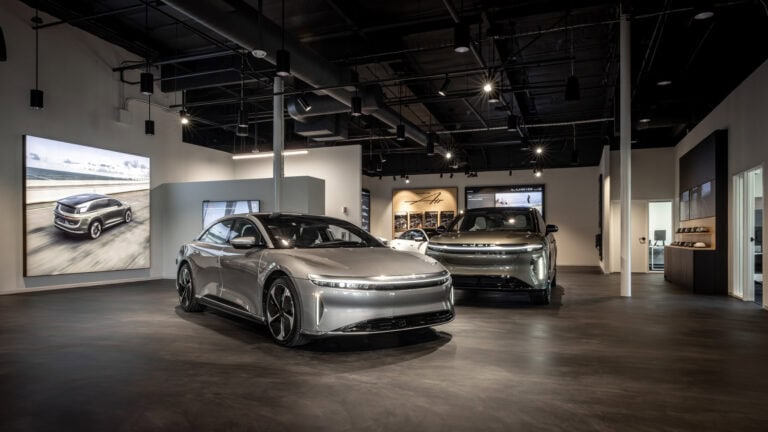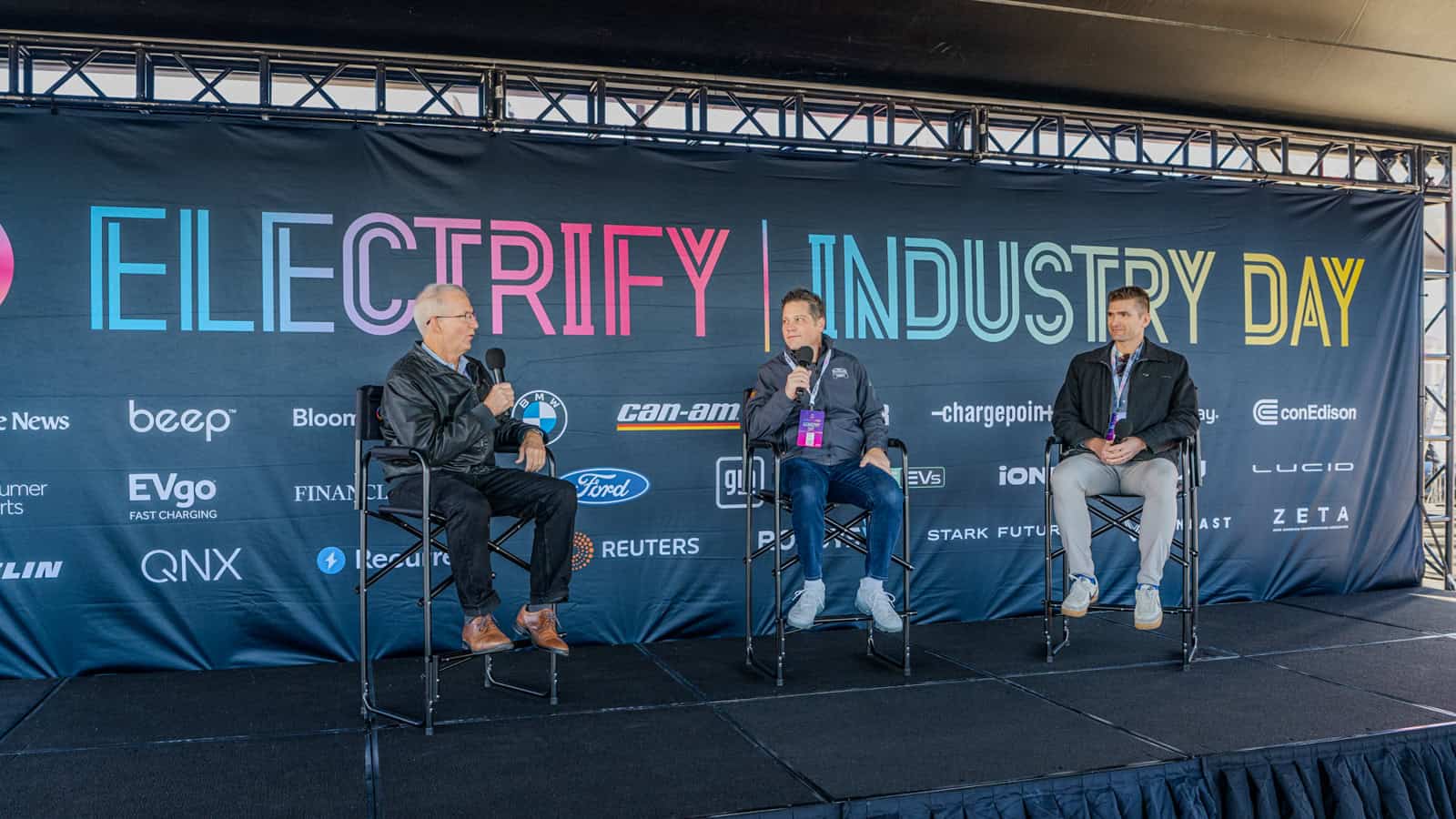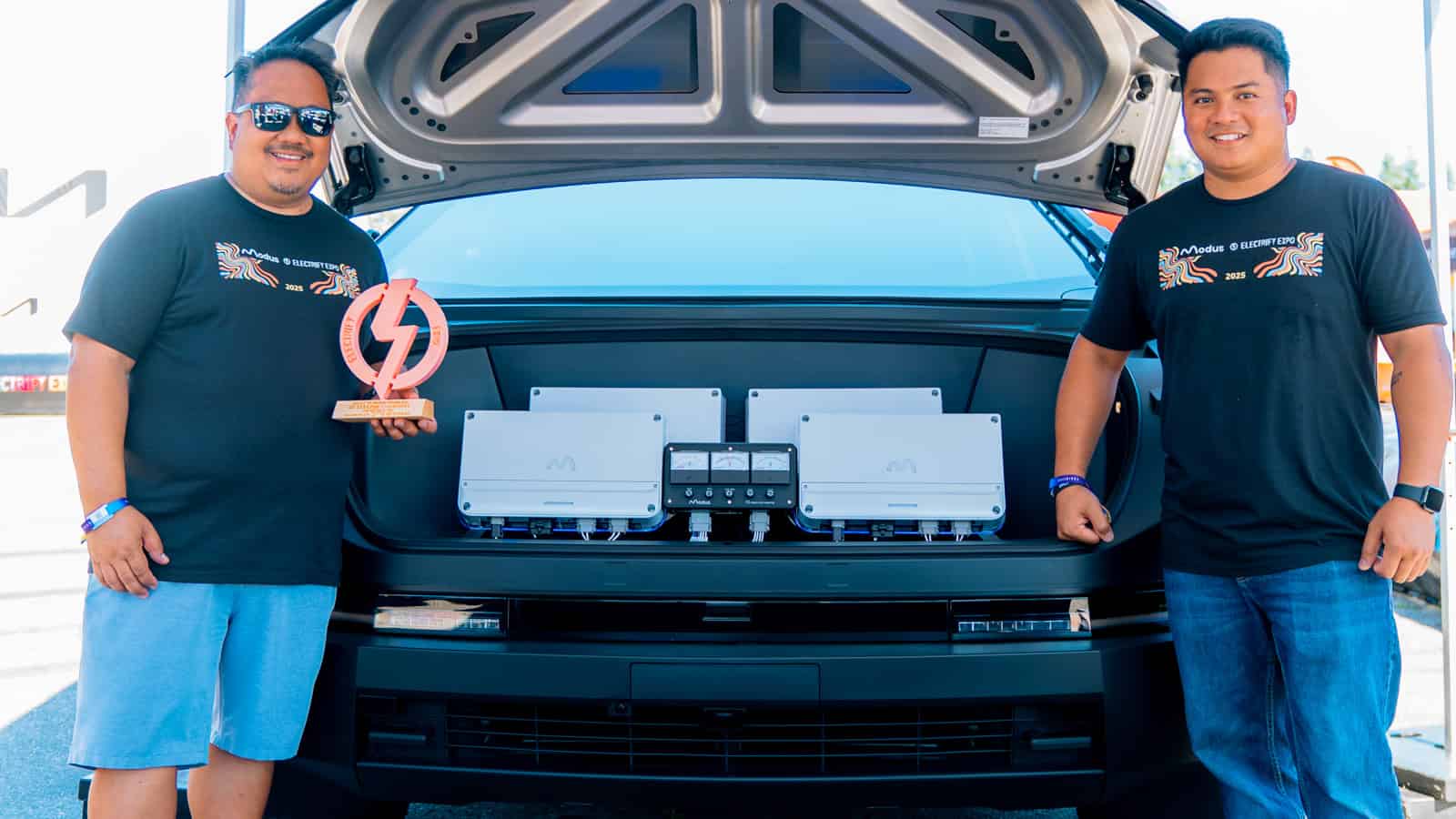The panel at Electrify Expo Industry Day 2024, moderated by freelance reporter Jaclyn Trop, brought together a diverse group of experts to discuss the scope and potential of electrifying various products beyond conventional electric vehicles (EVs). The conversation revolved around the advantages, consumer responses, and future potential of electric-powered RVs, off-road vehicles, utility vehicles, and fleet applications.

- Electric vehicles, such as those from Polaris, offer significant advantages for utility users like farmers, including quieter operation and zero emissions.
- Lightship RV’s solar roofs enable sustainable, off-grid living, powering appliances directly from sunlight.
- Canoo highlighted the cost-effectiveness of electric fleets due to lower operating costs and minimized range anxiety.
Josh Hermes from Polaris emphasized the evolution of their off-road electric vehicles, highlighting the long-standing presence of electric models like the Ranger EV and the recently introduced Ranger XP Kinetic. He detailed the specific advantages for utility customers such as farmers and ranchers, citing the benefits of quiet operation, durability, and reduced emissions. He stated, “For our utility customers, electric delivers more of the benefits that they value… more performance, more capability, no fumes” and explained the strategic placement of charging infrastructure to support this niche.

Ben Parker of Lightship RV introduced their electric RV to the Industry Day attendees, featuring an integrated solar roof and an EV platform that delivers up to 300 miles of highway range. He explained the dual benefit of solar integration allowing for significant energy autonomy which is particularly valuable off-grid. Parker also discussed the seamless integration of charging solutions and the recreational synergy between Lightship’s products and electric utility vehicles like those from Polaris.

Greg Ethridge from Canoo discussed their pivot from consumer EVs to fleet vehicles, highlighting the economic and operational efficiencies of electric fleets for corporate and government use. Ethridge pointed out, “The economics are superior… operating cost for electric on-road versus internal combustion is multiples cheaper,” highlighting the substantial cost benefits and environmental impact of transitioning fleets to electric.
ADVERTISEMENT
Joseph Constanty from NIU shared insights from their global expansion of electric mopeds and motorcycles. He emphasized the importance of timing and market fit, explaining how product strategies must adapt to regional transportation trends and consumer preferences. Constanty’s discussion also touched on the significant role of electric two-wheelers and buses in China’s transportation ecosystem, illustrating the scale and impact of electrification in urban mobility.




The panelists at Industry Day provided a comprehensive view of the various segments where electrification is not only viable but also advantageous, highlighting the importance of tailored approaches to different market needs and the broader implications for environmental sustainability and operational efficiency in the transition towards electrified transport solutions.
ADVERTISEMENT

ORIGINAL CONTENT FROM ELECTRIFY NEWS
FTC: We use income-earning auto affiliate links. Learn more.











